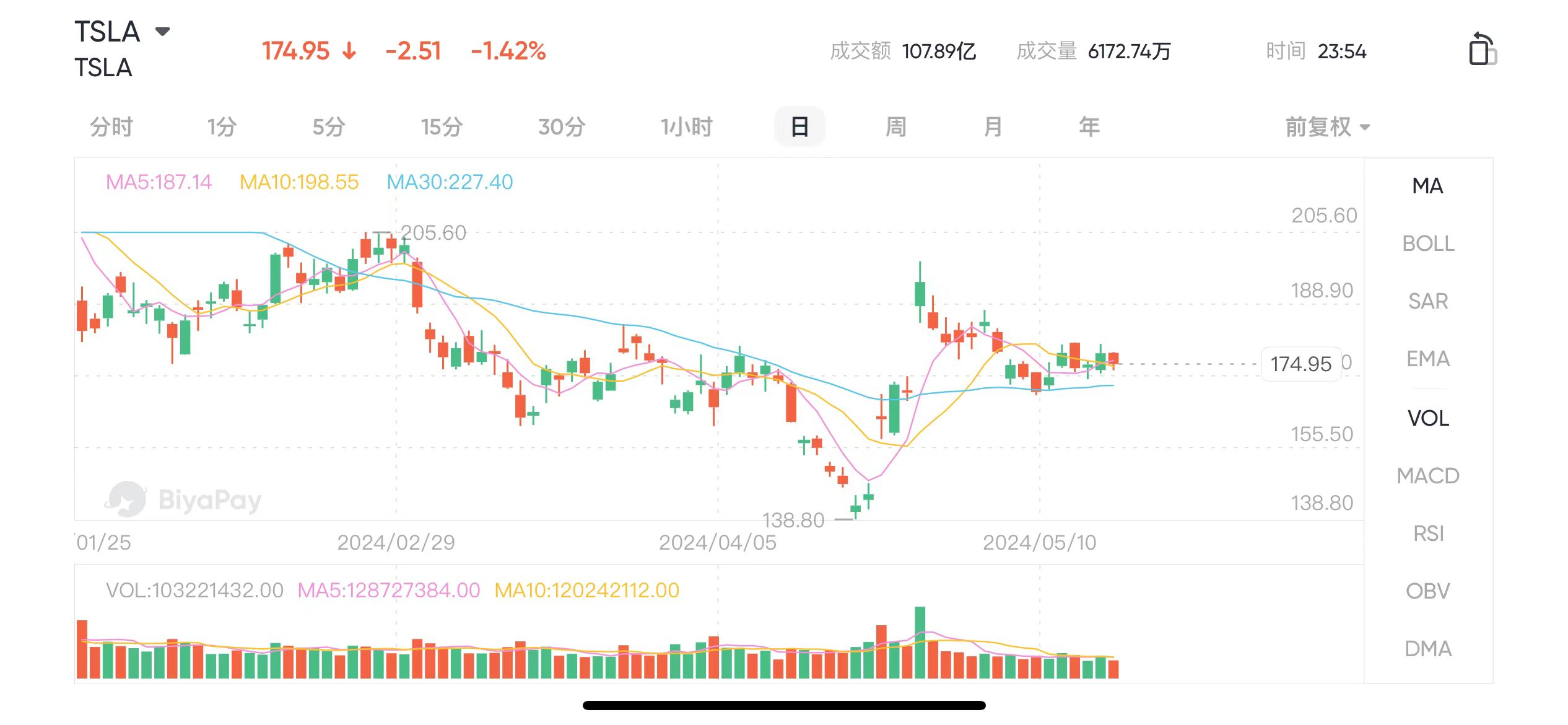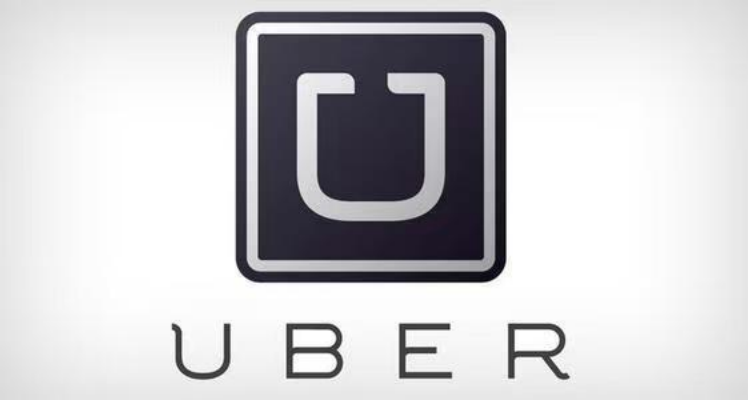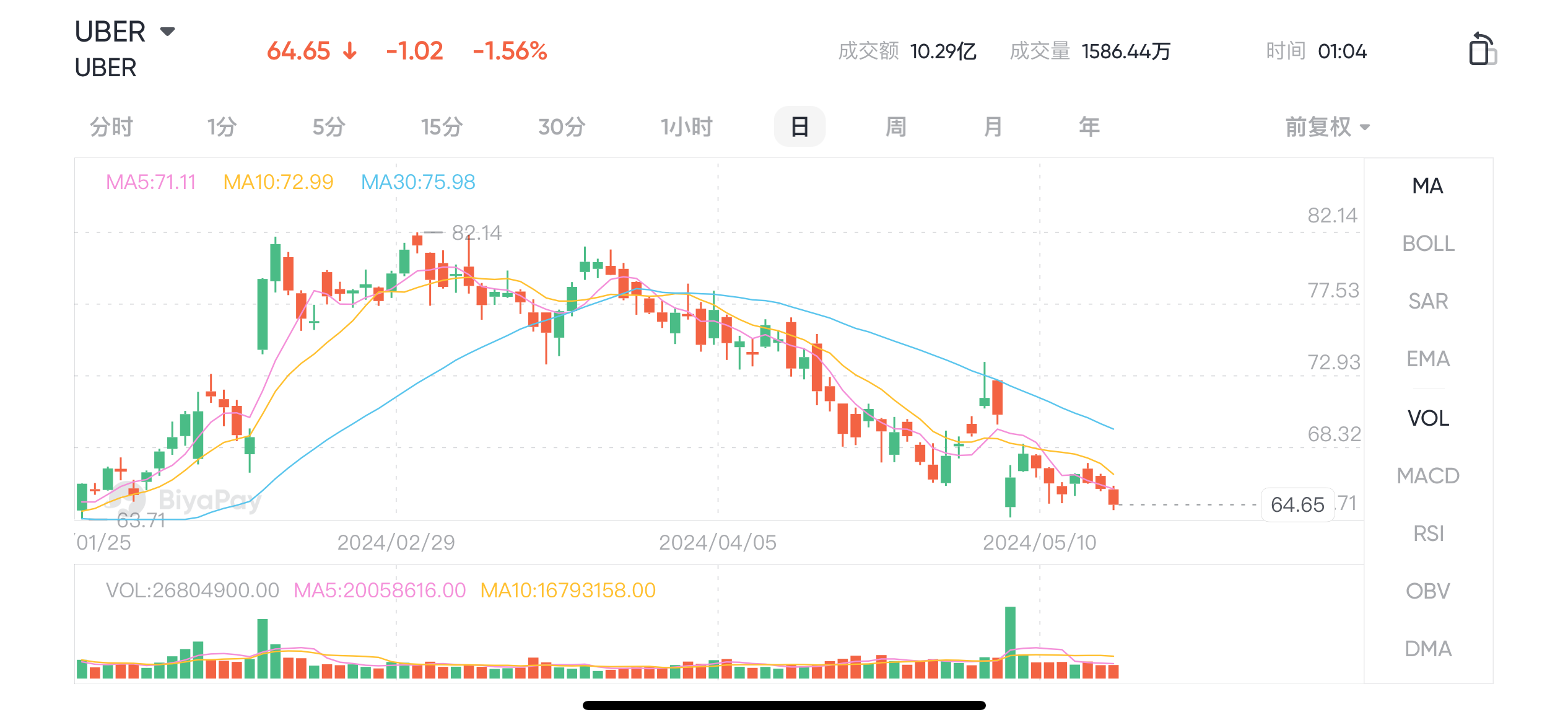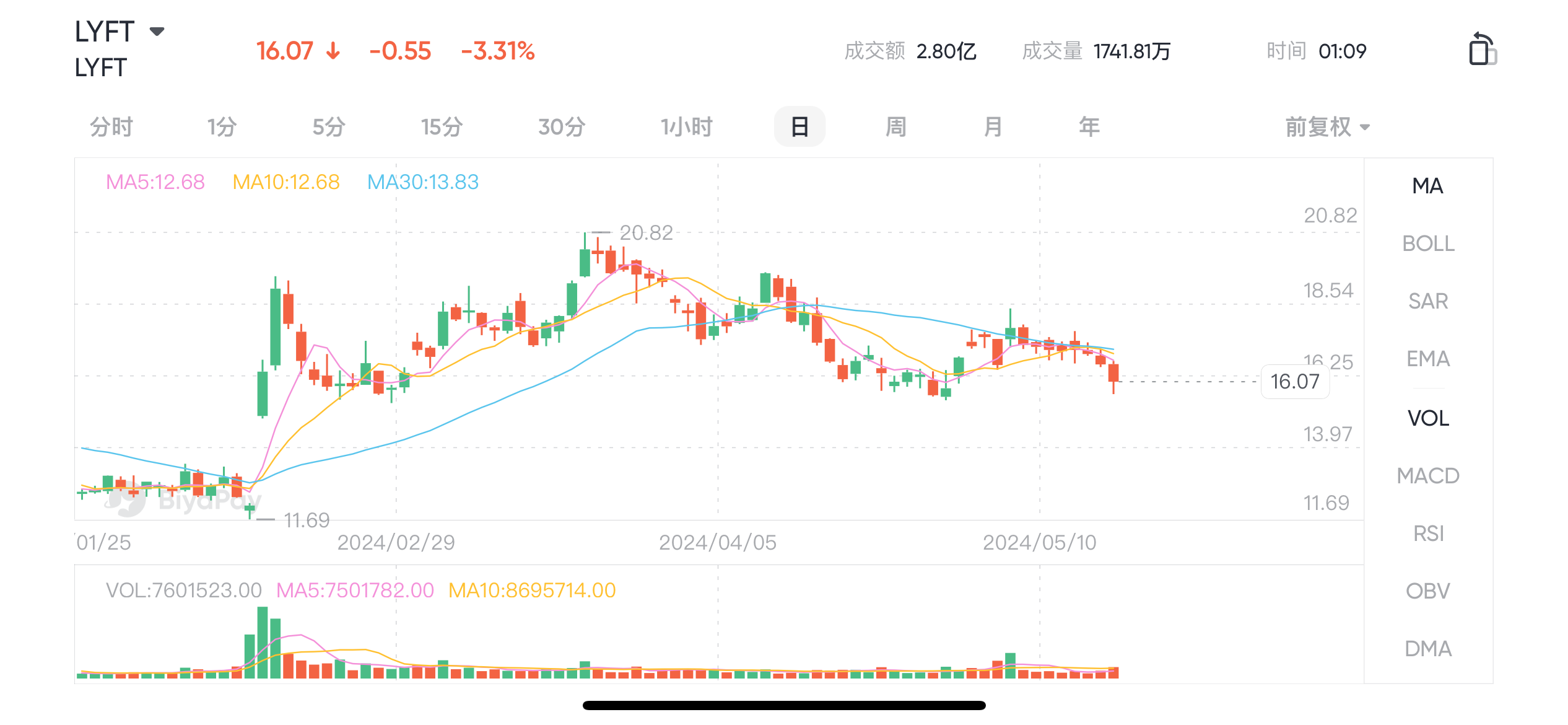- Remittance
- Exchange Rate
- Stock
- Events
- EasyCard
- More
- Download
Tesla to Launch Self-Driving Taxis in August: Should Uber and Lyft Investors Be Worried?
In early April, Elon Musk, the CEO of Tesla, announced on X that the company would publicly launch self-driving taxis in August. This news creates direct competition with ride-sharing companies like Uber (NYSE: UBER) and Lyft. If Tesla can leverage its cost advantages to compete aggressively on price while maintaining profitability, it aims to become the market leader with its self-driving taxi strategy.
Tesla, Inc.
Tesla, Inc., headquartered at 1 Tesla Road, Austin, Texas, USA, was founded in 2003. According to Tesla’s website, the company will offer a one-month free Full Self-Driving (FSD) experience to new car buyers in the United States and Canada, sparking public interest in purchasing Tesla vehicles.

In early April, Musk revealed on X that the world’s first Tesla robotaxi, called Cybercab, will debut on August 8. Musk also mentioned that Tesla’s total investment in training computing, data pipelines, and video storage will exceed $10 billion this year.
Why is self-driving technology so highly anticipated?
Tesla relies on powerful visual algorithms to achieve pure visual self-driving without relying on other sensors. This significantly reduces the cost of self-driving hardware, making the technology rapidly popular in the passenger car market and affordable for consumers. This is why it attracts widespread attention.
After this announcement, Tesla’s stock price rose significantly, expanding by up to 5% and reaching $174 per share.

TSLA Market Trend, BiyaPay App
However, Tesla’s stock has experienced a decline of over 25% in 2024, with unsatisfactory Q1 results showing a 9% year-on-year decrease in revenue, and a drop in gross margin from 19.3% to 17.4%. This indicates that Tesla is currently burning cash with negative free cash flow.
Although Tesla has scheduled the Robotaxi event for August, it is expected to launch in early 2025 or even by the end of this year. But getting on the road might take until 2027.
Moreover, Cybercab faces several issues, such as legal regulations, road safety, and technological maturity.
Currently, laws and regulations regarding autonomous driving technology are not well-defined in various countries, leaving the legality and liability of autonomous taxis on the road uncertain, which raises consumer concerns. Additionally, technological challenges remain, and even though Tesla plans to launch Cybercab, its technical maturity is still a significant issue. Therefore, the availability of Cybercab remains uncertain.
Uber, Lyft
Uber Technologies, Inc., a Silicon Valley tech company founded on August 9, 2010, is headquartered in San Francisco, California, USA. It develops and maintains various platforms, connecting consumers needing rides with independent drivers offering services, and providing travel options including public transport, bicycles, and scooters.

Uber has made significant progress in diversified transportation services, expanding its offerings last year through a partnership with Alphabet Inc.'s Waymo, including two-wheelers, taxis, ride-sharing, and autonomous rides. This collaboration has successfully attracted new users and increased ride frequency.
Uber’s food delivery and ride-sharing businesses are its two main revenue streams. During the pandemic, food delivery became Uber’s primary revenue source. Post-pandemic, as travel demand resumes, Uber’s ride-sharing and food delivery businesses drive revenue growth.
However, it’s clear that Uber has abandoned its self-driving car technology development. Therefore, if competitors launch fully autonomous cars to the public, Uber will be at a disadvantage.
According to Uber’s Q1 earnings report, the company achieved $172 million in operating profit based on GAAP in Q1 2024, with total bookings exceeding expectations and order frequency hitting a record high. Uber’s delivery business also showed excellent performance, with Q1 bookings exceeding expectations and order frequency reaching an all-time high. Uber’s stock price has risen nearly 90% in the past year, outperforming the S&P 500 index.

UBER Market Trend, BiyaPay App
Lyft, founded in 2007 and headquartered in San Francisco, is the second-largest ride-hailing platform in the United States, following Uber. As a U.S. company, its business mainly involves ride-sharing (ride-hailing, bicycles, scooters), with revenue primarily from service fees and commissions from drivers.
According to financial reports, Lyft’s Q1 revenue was $1.3 billion, up 28% from $1 billion in the same period last year and higher than the $1.2 billion from the previous quarter. Lyft’s Q1 performance exceeded Wall Street analysts’ expectations, and its outlook for Q2 total bookings and adjusted EBITDA also surpassed expectations, driving its after-hours stock price up more than 6%. Lyft expects Q2 total bookings to be around $4 billion to $4.1 billion, higher than the market’s expected $3.98 billion, and it remains on track to achieve positive free cash flow for the year.

LYET Market Trend, BiyaPay App
How to Seize Market Opportunities?
Self-driving taxis are a core part of Musk’s long-term strategy, leading Tesla to increase investment in this field. According to Musk, Tesla owners can rent out their cars to earn money, similar to the Airbnb (NASDAQ: ABNB) business model.
Theoretically, this poses a significant threat to current ride-sharing companies, as the largest cost in the ride-sharing network is the driver.
While this sounds alarming, Uber and Lyft investors do not need to panic just yet.
Firstly, let’s discuss Musk’s history of promises regarding self-driving taxis and Full Self-Driving software. For nearly a decade, Musk has been promoting this prospect annually. For instance, eight years ago in 2016, he stated that every Tesla car sold would be equipped with the necessary computing hardware for autonomous driving, a promise still unfulfilled.
Therefore, we should not fully accept the promise that Tesla’s self-driving taxis will be introduced in 2024 and disrupt the ride-sharing industry.
In the short term, Waymo actually poses a greater threat to Uber. The company already offers fully autonomous ride-hailing services in four U.S. cities (Phoenix, San Francisco, Los Angeles, and Austin, Texas). If it obtains more operating licenses in the future, Uber’s market share could be gradually eroded over the next 5 to 10 years. Thus, Uber investors should closely monitor Waymo’s latest developments.
Another potential risk is Uber’s valuation, with a current price-to-free cash flow (P/FCF) ratio of 42, indicating a valuation premium.
In this context, we can monitor stock market dynamics through the BiyaPay multi-asset trading wallet app. Investors can fund their multi-asset wallets with digital currency (USDT) and withdraw fiat currency to other brokers (such as Charles Schwab) to invest in U.S. stocks. They can also search for stock codes directly on the platform for purchase. Additionally, investors can periodically monitor stock prices according to their investment strategies and buy or sell stocks at appropriate times.

























